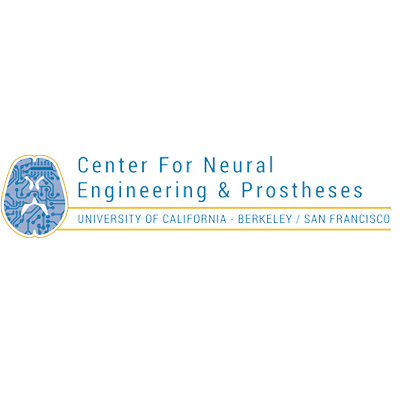Developing technologies to treat neurological and neuropsychiatric conditions
A 15-year-old girl has a brain stem hemorrhage that has suddenly left her physically "locked in" - stuck in her body without the ability to move or speak. Although she cannot even blink her eyes to communicate, a scan reveals that her cerebrum is intact. After weeks of silence and immobility, Berkeley scientists deliver a specialized cap of electrodes in an attempt to help the girl communicate letters that spell words and essentially give voice to her thoughts. "The same brain regions are activated when you see or do something and when you imagine seeing or doing the same thing," explains Robert Knight, UC Berkeley professor of psychology and neuroscience. He explains that a girl, like the one who suffered from the brainstem hemorrhage, uses the same pathways in her brain when she is thinking of a word as when she actually says the word. After first analyzing the cortical readings - the brain response - to 50 of the words, they created a mathematical algorithm that was able to decode the remaining 50 words. This work lays the groundwork for future studies aimed at decoding imagined words that, if successful, could lead to a speech prosthesis.
Such neurological decoding, combined with BMI technology, has vast implications for millions of people around the world.
The Center for Neural Engineering and Prostheses (CNEP) is a cross-campus collaboration at the University of California Berkeley and San Francisco working to integrate cutting-edge engineering with world-class basic and clinical neurosciences to develop technology to restore sensory, motor, and cognitive function in patients suffering from disabling neurological conditions.
- The Center for Neural Engineering and Prostheses is developing brain-machine interface technologies that leverage the brain's natural mechanisms for learning and plasticity in order to treat a variety of neurological conditions. Engineers, neuroscientists, and surgeons are working together to develop wireless, closed-loop systems that are able to detect the neural environment, adjust according to biofeedback, apply stimulation where necessary in a targeted, precise manner, and control external actuators like prosthetic limbs for example. These devices may offer an effective alternative to current medications, which affect the entire body and often have negative side effects.
- In support of President Obama's BRAIN (Brain Research through Advancing Innovative Neurotechnologies) initiative, CNEP researchers were selected to carry out a project to understand and treat the brain circuits affected by neuropsychiatric disorders like post-traumatic stress disorder (PTSD), anxiety, and depression. This integrative approach to brain networks utilizing novel device technology for treatment of refractory neuropsychiatric illness presents a radical paradigm shift in the way these conditions are thought of and treated.
The Center for Neural Engineering and Prostheses strives to create a multidisciplinary environment for training future neural engineers and clinicians, conducting scientific research and neural prosthetic technology development, and implementing efficient translation of research into human clinical trials.
Bio
The Center integrates cutting-edge engineering with world-class basic and clinical neurosciences to develop technology to restore sensory, motor, and cognitive function in patients suffering from disabling neurological conditions.
Scientists at UC Berkeley and UC San Francisco are working together on the frontier of a new brain science that promises to improve the quality of life for millions of people challenged by stroke, spinal cord injury, traumatic brain injury, and Lou Gehrig's disease - pursuing breakthroughs that will enable people to control prosthetics for moving or communicating through thoughts alone.
The Center of Neural Engineering and Prostheses is a world-class team. Combining UC Berkeley's multidisciplinary research strength with UC San Francisco's preeminence in clinical and basic neuroscience, the center is at the leading edge of using brain-machine interface (BMI) technology. More than two dozen faculty from both universities - in disciplines spanning from neurology and neuroscience, electrical and mechanical engineering, materials science, bioengineering, computer science, and linguistics - are collaborating on work that harnesses the power of the human brain.
In the News
New York Times
UCSF News
Technology Review


